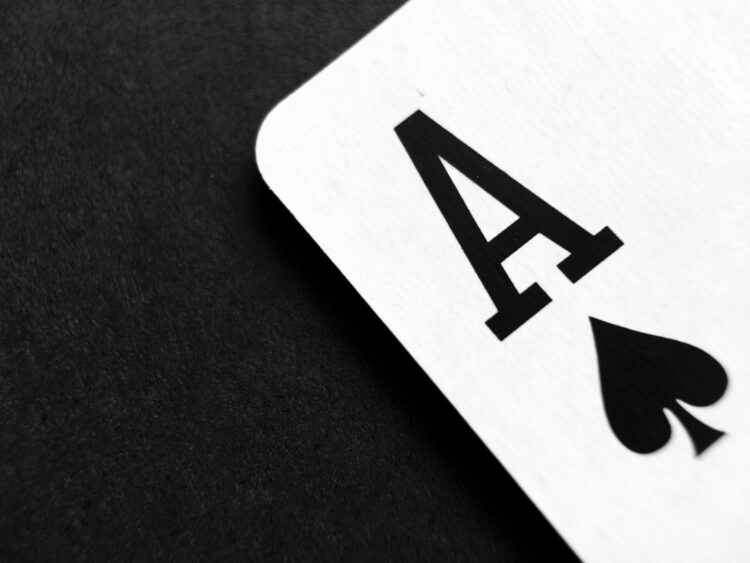Curious about the origins of the card game Blackjack?
In the past, “Thirty-One” was a popular game in French salons, known for its strategic card-swapping mechanics. By examining the history of Thirty-One, one can trace the development of key gameplay elements that have persisted in modern Blackjack.
The game’s impact extended beyond France, influencing the creation of one of the most prevalent card games in casinos worldwide.
Origins of Thirty-One
Originating in France during the 16th century, Thirty-One, also known as “Trente et Un” in French, has a historical lineage that led to the development of the popular card game Blackjack in England.
The objective of Thirty-One is for players to accumulate a hand total as close to 31 as possible without surpassing it. Participants are dealt three cards and have the opportunity to swap cards in the pursuit of enhancing their hand.
The game’s straightforward rules and strategic component have contributed to its enduring popularity over the centuries. Despite variations in its rules and gameplay over time, Thirty-One has maintained its appeal as a pastime that combines elements of chance and skill for players.
Gameplay Mechanics and Rules
Originating in France during the 16th century, Thirty-One is a card game with straightforward gameplay mechanics. The objective is to achieve a hand value as close to 31 as possible without exceeding it. Each player is initially dealt three cards and has the choice to “stand” with their current hand or “draw” an additional card.
In terms of card values, face cards are valued at 10 points, aces can be counted as either 1 or 11, and numbered cards retain their face value.
The winner of a round is the player who either reaches 31 exactly or comes closest to it without going over. If a player surpasses the 31-point threshold, they’re immediately eliminated from the game.
The game’s appeal lies in its simplicity and the strategic decision-making involved in choosing whether to draw an extra card or stand with the current hand. This combination of luck and skill makes Thirty-One an accessible and engaging card game for players of all ages.
Strategy and Tactics in Thirty-One
Strategic decision-making plays a significant role in the game of Thirty-One, influencing the likelihood of achieving a winning hand. A key strategy involves aiming for a hand total close to 31 without exceeding it, a goal that may require strategic card exchanges to improve your hand.
Keeping track of the cards in play allows players to make informed decisions about which cards to swap. Understanding the probabilities of drawing specific cards can inform your gameplay decisions.
Popularity and Decline
Thirty-One gained popularity in various regions due to its blend of strategy and luck, becoming a favored card game among players. In France, it became a common choice for social gatherings, appreciated for its simplicity and excitement. The game’s fast-paced gameplay and the challenge of reaching a total of thirty-one attracted players across Europe.
However, with the emergence of new and evolving card games like Vingt-et-Un, Thirty-One began to lose its prominence. The rise of these competing games, particularly Blackjack, contributed to the decline in popularity of Thirty-One.
Despite its waning popularity, Thirty-One’s impact on the development of modern card games, notably Blackjack, remains significant.
Legacy and Influence on Blackjack
The influence of Thirty-One, a French card game, on the development of Blackjack is notable in several key aspects.
The fundamental concept of achieving a specific total without exceeding it, inherent in Thirty-One, played a significant role in shaping the core objective of Blackjack.
Moreover, the structure where players face off against the dealer rather than each other in Thirty-One likely served as a model for the gameplay format of Blackjack.
The emphasis on strategic decision-making based on probabilities in Thirty-One also contributed to the strategic elements that characterize Blackjack.
Conclusion
The French card game Thirty-One, originating in the 16th century, played a significant role in the development of Blackjack. Its strategic gameplay and objective of achieving a hand total close to 31 influenced the core elements of modern Blackjack. Despite a decline in popularity, Thirty-One’s legacy endures through its impact on one of the most prominent card games in casinos worldwide.
We also recommend this article Understanding the Basics of Keno Superball.

